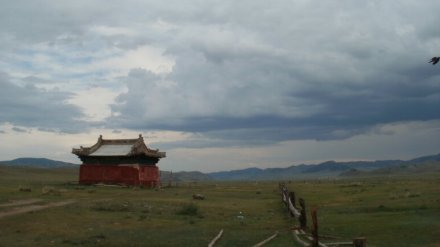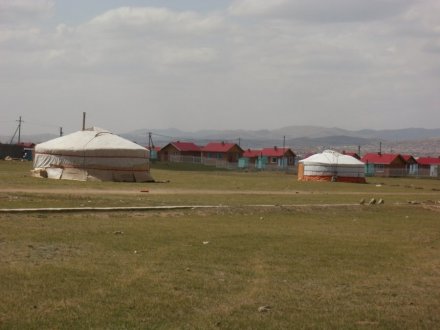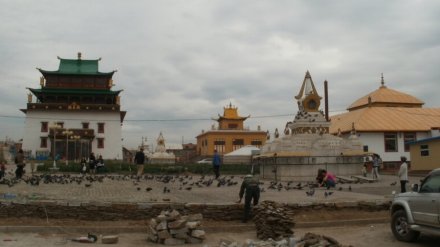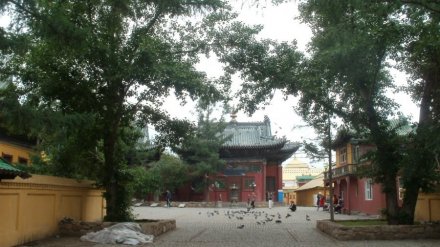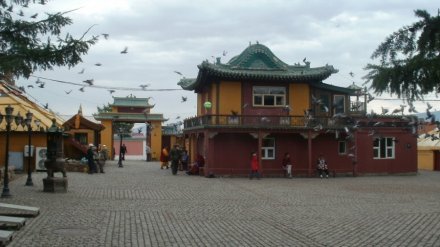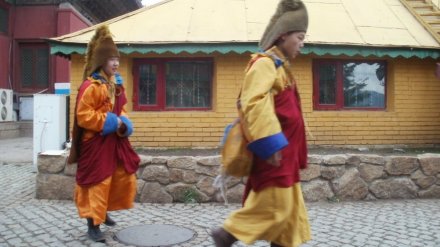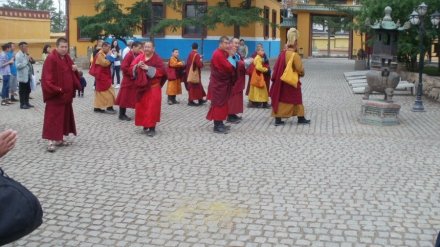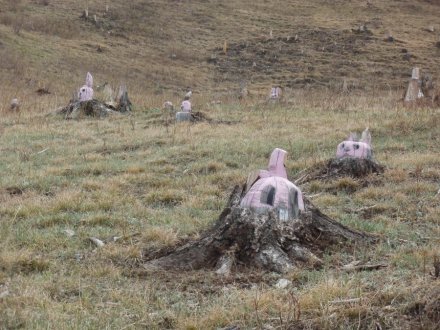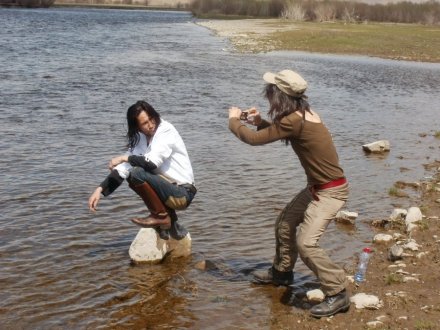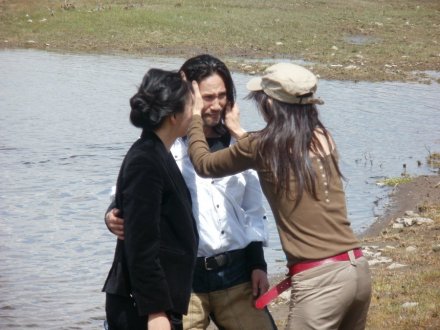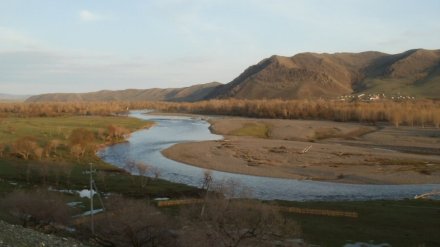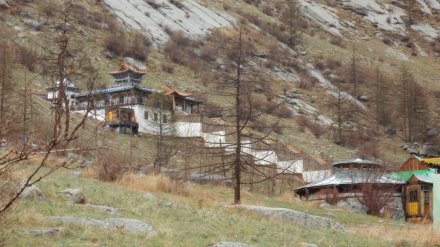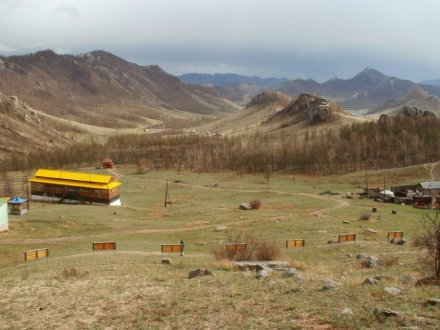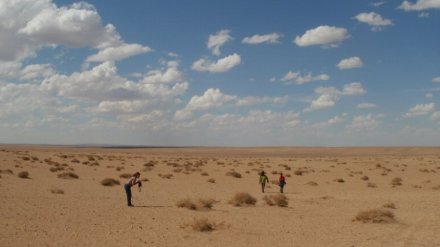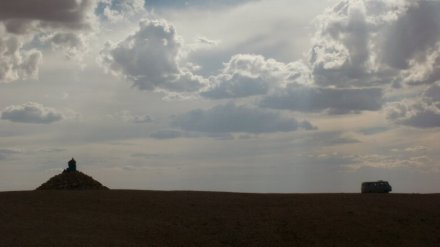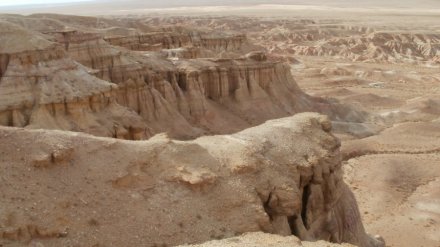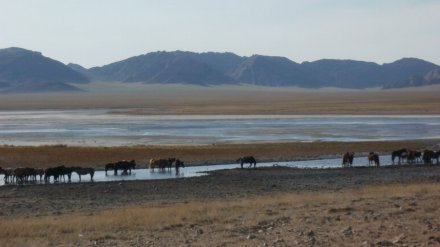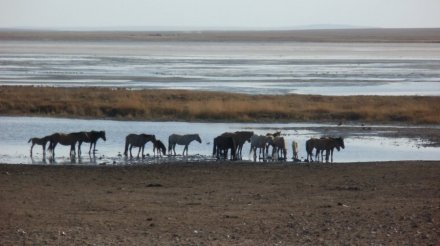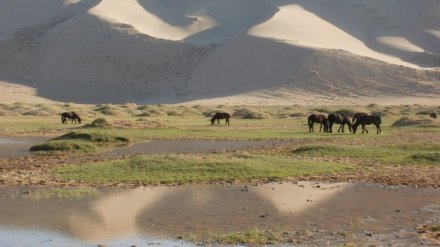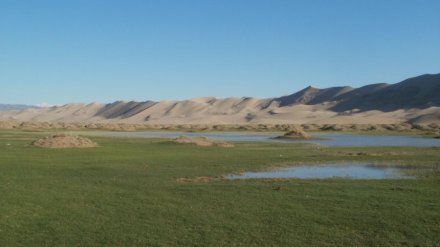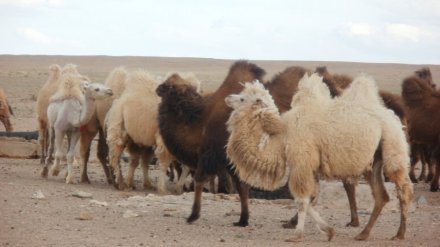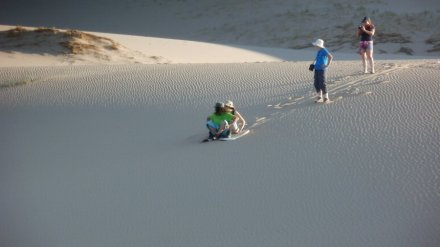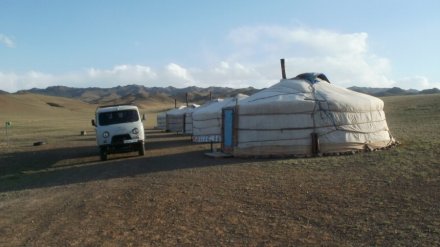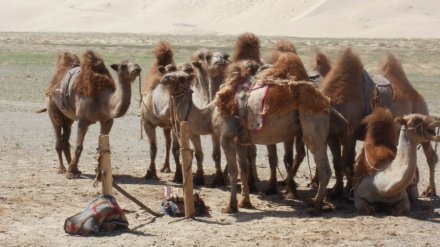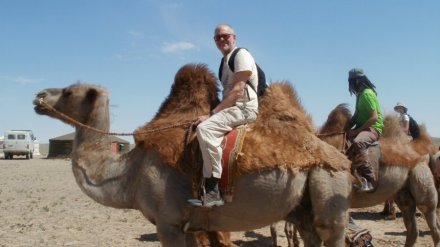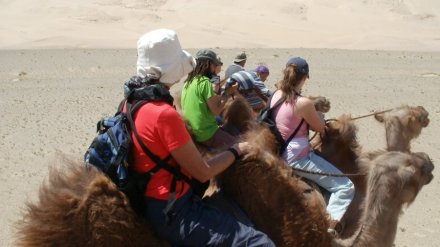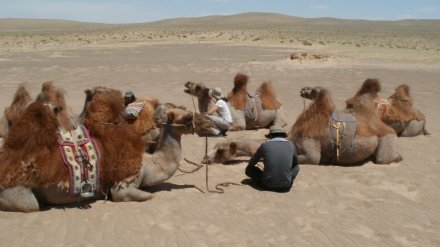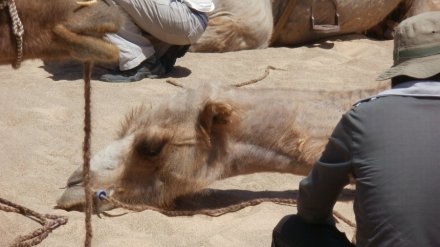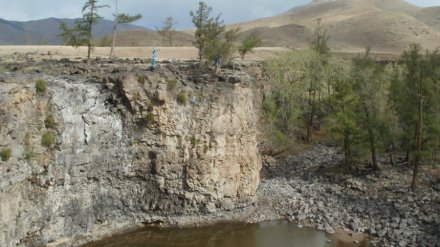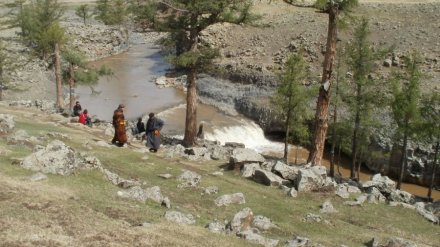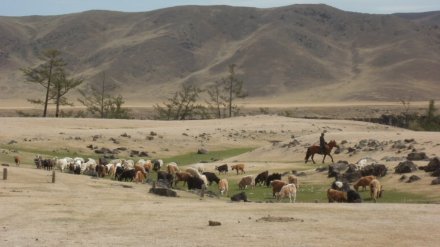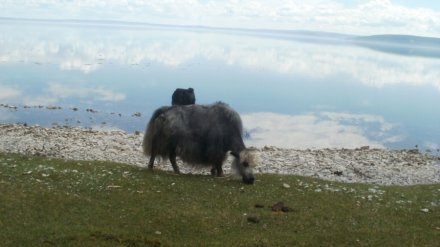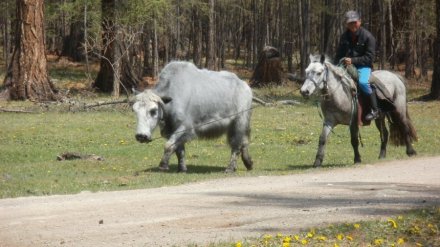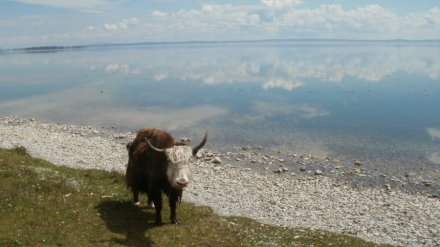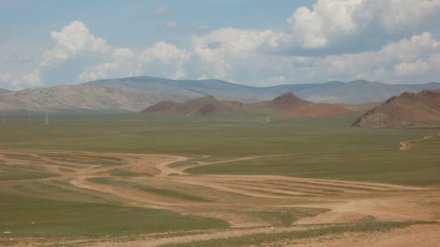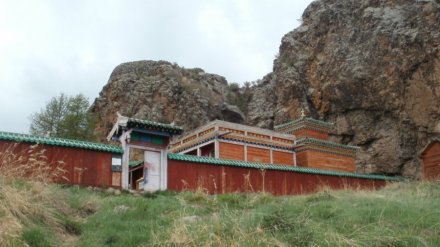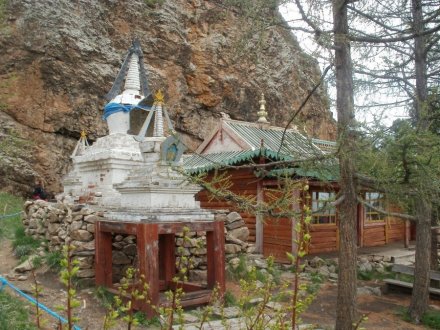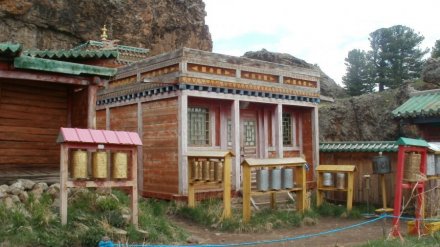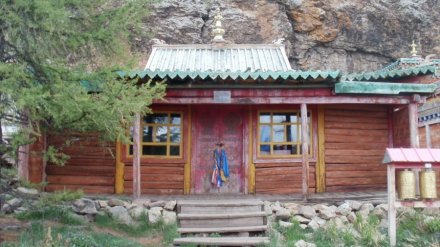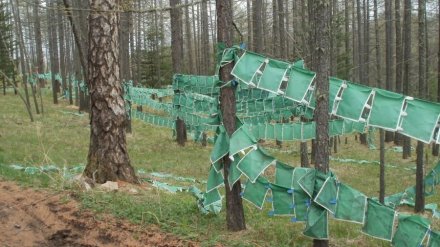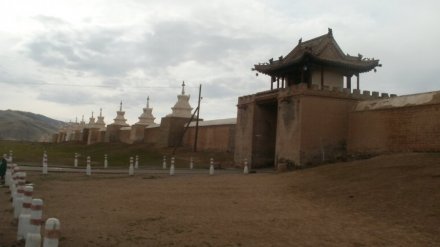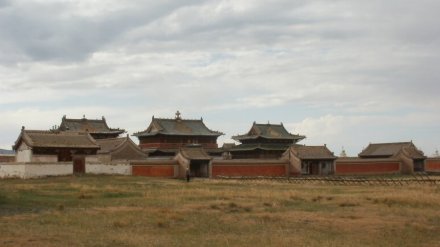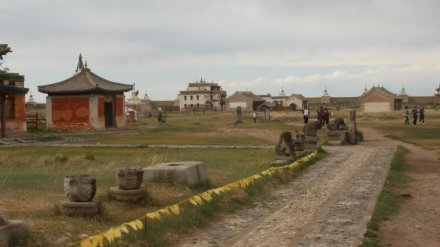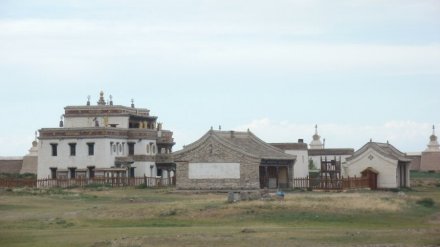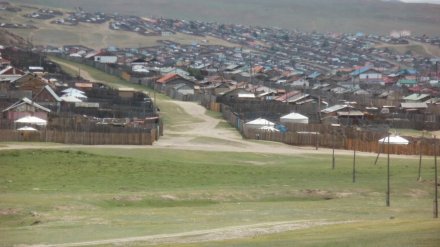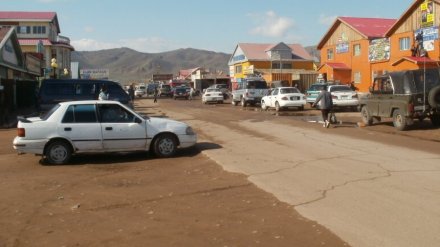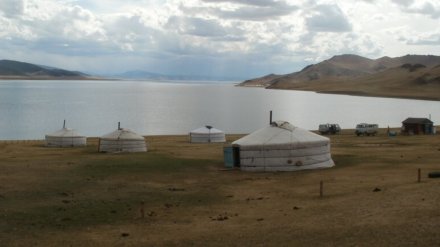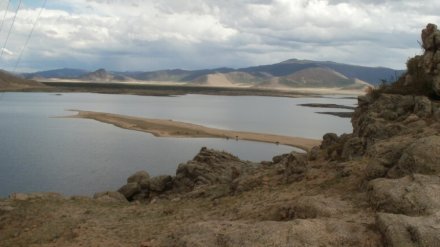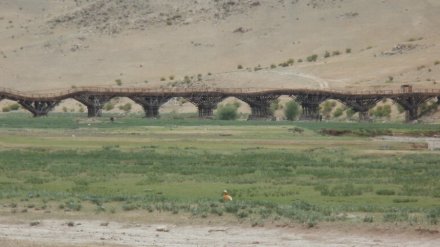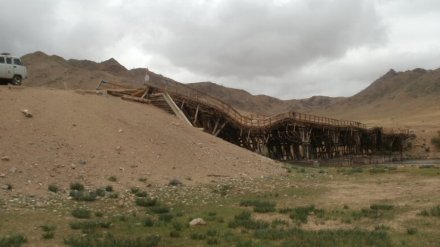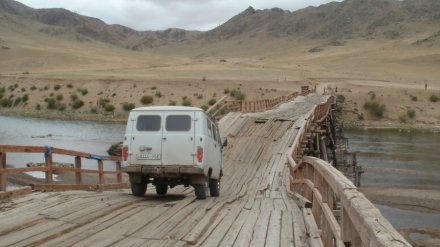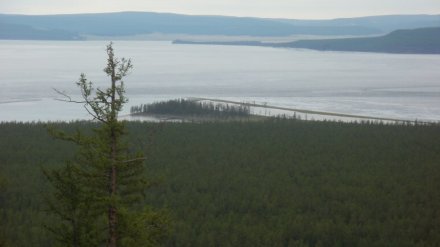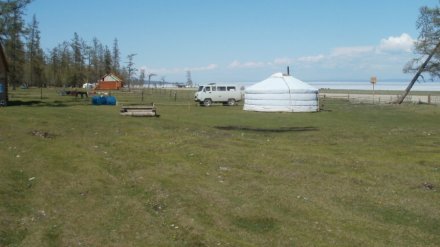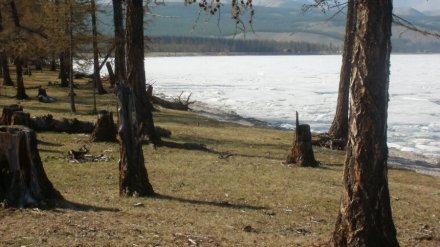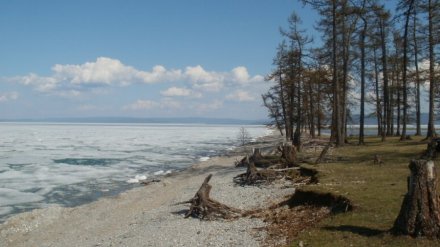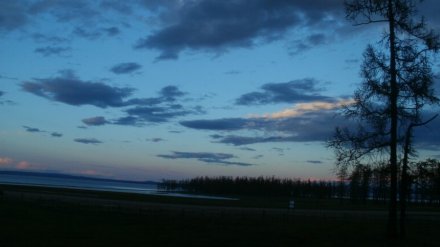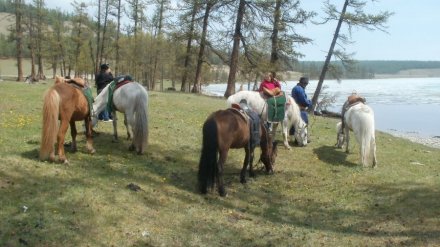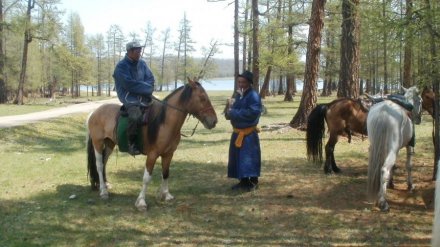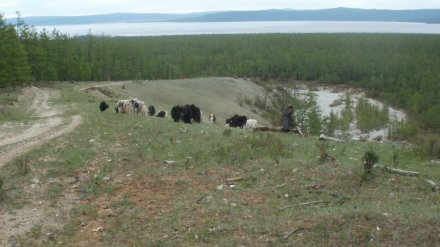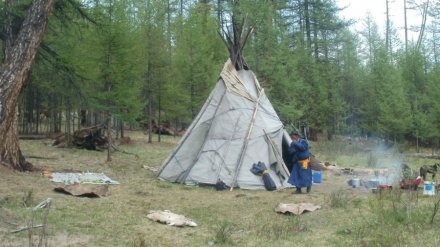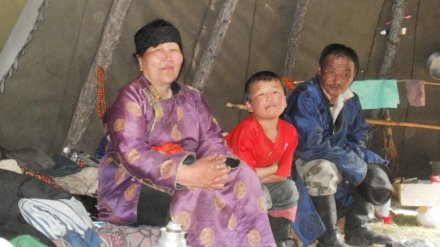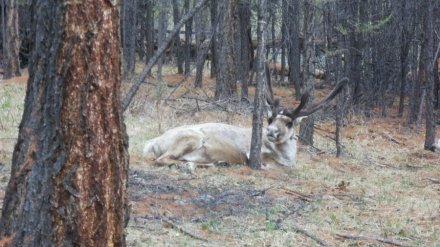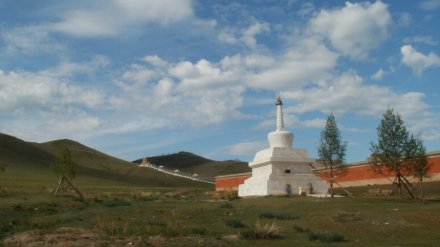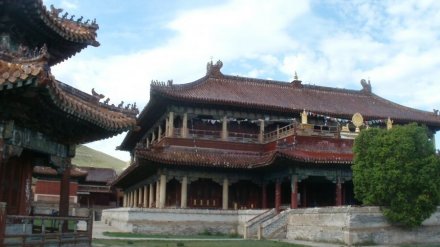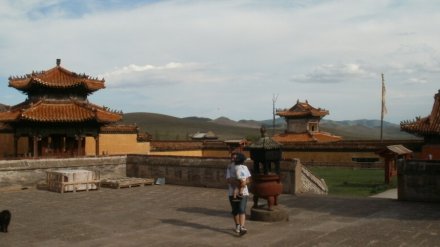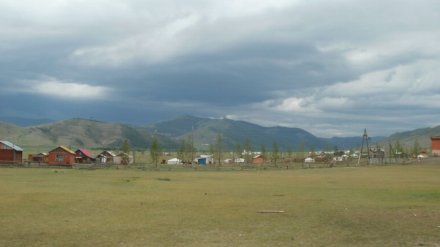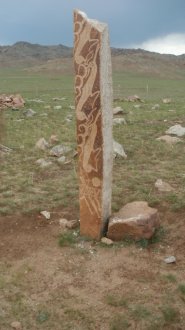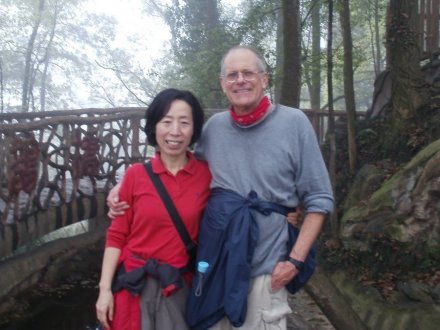It’s been a while, I know, since I blogged. Since returning from Myanmar, I’ve had a very settled life. Myung and I still live in that same apartment In Chongqing. She still has her cosmetics shop and part of a shop at one of the universities. There isn’t much exciting about that, except she installed an air conditioner. That will make the place survivable for non-native Chongqingers like us, who suffer during the long, hot, humid summer here. I do little. I hang out with my computer, do most of the cleaning and cooking, study Chinese off and on, and watch a lot of baseball streamed on mlb.com. Often my big outing is taking Myung dinner at about 7 PM. Her employee gets off then, then we have dinner and hang out till 9-something. We see friends a couple or few times a week. That about sums up our life here. We’re very domesticated.
Every three months I have to leave the country to get a new visa. Last time, I went for a month to Myanmar. This time, I went to Mongolia for a month, returning last Saturday. All in all, it’s a lot different going from crowded, smoggy, comfortable Chongqing to thinly populated, clear and uncomfortable Mongolia. If change is good, this trip was great.
I didn’t have much of a plan when I left. I would have bought an English language Lonely Planet, but none were to be found in Chongqing. There isn’t a whole lot on the internet. After reading what was on there, I reserved a hostel bed on the internet, and headed out. My flight had an overnight stopover in Beijing, so I slept in the airport. Then the flight to the capital, Ulaan Baatar, was delayed 10 hours. I did finally get there about 11 PM and my bed was waiting for me, so all was well.
Ulaan Baatar is not all that exciting. Half of Mongolia’s population of 3 million live there, and it has just about everything anybody might want. There’s internet access, many accommodation choices including the $6 dorm beds I opted for, food from many places in the world, and stores that sell whatever you need. Outside UB, it’s a different story. The next biggest city has 100,000 people, and the next after that has about 30,000. Internet is in those cities, but the markets have little. What I enjoyed best about UB was you could get scrumptious steaks and other meat dishes that cost an arm and a leg in Chongqing. And there are supermarkets that sell what just about anything anybody is used to. Before I left, I loaded up on coffee, which I haven’t been able to find in Chongqing. We were running low on what I brought from Myanmar.
There are few sites in UB worth mentioning. It’s developing, but is in may ways just a big village. Even in UB, a significant fraction of the population lives in gers. I other parts of Asia, these are also known as yurts and other words.
Here is modern Mongolia, gers and modern but equally modest homes
Gers are basically round tents with wooden skeletons, covered with horse or camel felt and a canvas-like waterproofing. There’s a wooden door and a hole in the top for ventilation and through which the stove pipe sticks out. The inside is floored and usually carpeted. Furniture is arranged around the outside. During the bitter winter, people spend most of the day in there. At that time, the air in UB is said to be awful. I can imagine. A few hundred thousand people using wood to heat. I’m sure it’s incredibly toxic when the wind isn’t blowing. During the summer, though, the air was a wonderful relief from the air pollution in Chongqing.
Normally, I write about what I did in more or less chronological order, but as long as I’m on the subject of UB, I’ll put in some pictures of the big temple there which I didn’t visit till the next to my last day in Mongolia. The Russians tried to stamp out Buddhism during the 70 years they were in control. Since Mongolia got electoral democracy in 1990, it’s made a big comeback. Even the nonreligious, which are the majority after that time, are proud of their heritage and retain much of their traditional Buddhist and shamanistic culture. The dominant Buddhist tradition there is Tibetan Buddhism, specifically the Yellow Hat sect. The rituals, prayers, temples, art, etc., are very close to Tibetan Buddhism practiced elsewhere. I went in the morning and sat in on the service. It had the drums, cymbals, tea and queue past the senior monks for blessings that characterize the services I’ve experienced elsewhere. Like elsewhere, I did not whip out my camera inside. Before going in, though. I took these pictures.
Disclaimer: The screen on my camera failed about 10 days into a 20 day four wheel drive tour I went on before returning to UB. I’m surprised my pictures are as good as they are, considering I could only aim the camera in the general direction and push the shutter. There was no way to set anything, so they are what they are.
I was in UB about four days before going on tour. For a couple of days, I hung out with my roommate in the first hostel I stayed in. She was a crazy Mongolian artist who had lived, I think, 19 years in Germany. She had some kind of ADH with autism, I think. Whew. She had a good heart, I must say. One day we toured art galleries and studios. That was a pretty interesting way to get my first look around UB. Her friend has a car, so we then went out to see her crazy artist friend’s environmental art. He had carved and painted pink bunnies into the stumps remaining after the hillside was mostly denuded of trees.
Unfortunately, his most of the bunnies were also chopped up for firewood. Oh, how sad it was, this statement he put much effort into for three months, mercilessly desecrated by unappreciative, freezing poor people who obviously do not value art. Crazy Sarah’s friend cried himself a river. Sarah documented the tragedy for posterity and empathized as only true artists can. Vodka should not have have been the med of choice for this guy.
We also went to Terelj, a national park about an hour’s drive from UB. It was fine, but nothing as great as what was to follow on the tour.
Here’s a monastery there as the view from up the hill near it.
In May, there aren’t very many tourists in Mongolia yet. My idea was to hook up with a group and share a three week tour through Mongolia. The easiest and by far most common way to travel is in a four wheel drive van or SUV with a group, sharing the expenses. These vehicles can accommodate six people, plus the driver and a cook/translator/guide. I casually went around hostels for a couple of days, looking for anyone who was going on a long trip. I was beginning to think I’d have to search longer, but I went to one place and ran into three people who had just arrived on the China to UB leg of the Trans Siberian Railway and were planning a 20 day trip offered by this and other hostels. These were a couple of middle aged office workers from Perth and a Dutch university student they had met on the train. I seized that opportunity. Shortly after meeting them, an Italian/ Australian couple staying at the hostel decided to join us for the first 9 days through the Gobi desert.
If I had my druthers, I wouldn’t have chosen the desert portion of this trip because I have seen many deserts, but the others wanted to go. As I was saying, there weren’t many people there and this was the tour that was leaving the next day. That said, the Bobi is about as nice as deserts get. There are a few pretty places, and the desert landscape generally keeps your attention.
This last picture is of Flaming Cliffs where many of the famous dinosaur finds Mongolia is famous for were discovered.
We made a couple of stops on the long haul over dirt tracks to the south of the country, but the small isolated temples weren’t really worth photographing, mush less uploading, so I’ll skip to the sand dunes in the south. Namibia it’s not, but pretty. A steam flows into the area, so there is water, making it a suitable destination for us and home for a smattering of locals who raise horses and the two-humped Asian camels and achieve some prosperity catering to tour groups.
Four of my companions climbed a dune and tried to sled down on a piece of flooring. One of the office workers and I opted to watch. They didn’t have any luck, as the flooring sagged to much in the middle under the weight.
The tours include transportation, food, accommodation mostly in gers but sometimes in a building, and a few activities. Here was our ger camp down there, and the Russian van we rode in. This was the typical scene where we would stop for the night.
One activity is the obligatory camel ride. So we saddled up and went for a few hours.
Even camels need a rest.
Here are three pictures of a pretty spot at the edge of the desert.
One thing there is no shortage of in Mongolia is domesticated animals, goats, sheep, yaks, cattle and yak-cattle mixes called dzo. The dzo are sterile, but the females are fertile, so they can have very different looks. This first one is one ugly creature.
After about 7 days of maybe 1000 miles in the desert, we finally swung northward into the mountainous central area. Her is one of the main north-south arteries. All it is is a wide swath of the usual dirt tracks.
Here is a pretty little monastery we stopped at.
Everywhere in the Tibetan Buddhist world are prayer flags. Prayers and wishes are written on these flags so they can be carried by the winds into the heavens.
The last place all six of us were together was Karakorum, the capital of the Mongol empire. From there, the Australian/Italian couple split off to do their own independent thing. Nothing much is left of the original Karakorum, as the Ming dynasty destroyed it after conquering most of Mongolia after the Mongolia empire collapsed in the 14th century. Slowly, it is being reconsrtucted. At one time, this area in these pictures was full of buildings.
After leaving the desert, there are real cities. The second biggest city in Mongolia has 100,000 people. The rest are in the 30,000 range. This is what a provincial capital looks like, just a big village with dirt streets and most of the people still living in gers with pit toilets in the corner of their plot.
Here’s city center in one of them.
The next big stop for the four of us remaining was a place they call White Lake because it’s white with ice for about seven months of the year. Here’s our camp and the lake.
I know most of you would like to see pictures of the Mongolian people. It’s just so hard for me to poke a camera in anybody’s face, even though in Mongolia they don’t seem to mind it. Sorry. I was going to start taking some people pictures, but that’s when my camera screen failed. Before it finally died, I had to guesstimate how the rest of the picture would look. After that I could change my settings or shoot straight. That added to my disinclination to take portraits. It’s a miracle any of the pictures I have after that aren’t totally skywonkous.
As is obvious, the infrastructure in Mongolia is rudimentary outside the capital. Here’s a bridge we drove over. The driver got out and checked it out for quite a while before hazzarding the crossing.
We all got out and walked.
The next to last group of pictures is of around Khovsgol Lake, in the far north about 100 km below the Russian border. That was an interesting and beautiful area. The ice on the lake was rapidly melting. In just the four days we were there, it melted about 75%.
The featured activity on our itinerary was supposed to be a three day/two night’s camping horse trek up the west side of the lake and I presume back through the mountains which rise just as you get away from the shore. That didn’t happen because it was clear to the cook/translator and the driver that the other three couldn’t take it. They had really bitten off more than they could chew. Though they knew we would be sleeping in these glorified tents, which actually had semblances if beds so we didn’t have to sleep on the floor, had a stove for heating, a little table and stools, they were quite uncomfortable. Who knows what they expected? A couple of days before getting to Khovsgol, they were already worried about how they were going to sleep in basic tents, on the ground, with nowhere to array their nightly needs around a bed. And after a half day on a horse, it was clear they couldn’t have tolerated three whole days of riding. So we were offered three day trips, returning to proper gers in the late afternoon on two of them and going out for a half day the third day. They couldn’t even do that much, and didn’t go or walked a lot of the way. That was the most disappointing thing about these travel companions for me. I was looking forward to that. Oh well, the day rides were quite nice for me.
One of the things they show the tourists is the reindeer people. These are true nomads still, in a country where nomadic life is vanishing. Most of the reindeer people have headed for the mountains for the summer, but this family and some others, no doubt, stick around for the tourists, selling souvenirs and trying to charge for photos. I took these before I knew they wanted money for photos.
I get asked about the food. Well, Mongolia has some of the most boring cuisine I’ve ever encountered. Here it is: dry pasta, rice, potatoes, carrots, bell peppers (capsicum), tomatoes, pickles/cucumbers, onions, wheat which they make dumplings and great bread, cabbage, apples and imported bananas, dried fruit, canned food of limited variety, dairy,and loads of mutton, goat, yak/beef/dzo, and horse meat. Meat is very cheap, as this is definitely a country where grazing is the obvious thing to do. Almost the only flavoring is salt and black pepper. When we left Ulaan Baatar, we thought the company was being cheap about their food budget. This was to some extent true because there was room in the van for some other foods which are available in UB, but after seeing a few food and shops, it was evident that those were the choices and those are what everybody eats day after day, year after year. Need I say, that was the subject of incessant whining by the three travelers I was stuck with after the couple left? One of them brought a suitcase on wheelies full of food from Australia. In her mind, she was prepared for Mongolia, you betcha.
The last place we stopped at on the way back to UB was this monastery.
Yes, that’s the same photo as at the top of this page.
I’ve got a couple of uploaded pictures left. Here’s the village supporting tourists at that temple above.
Here’s one of what are called deer stones. During the bronze age from about 800 BC to 500 BC, also called the Scythian age, the people here believed they would be carried to heaven by a deer when they died, so they erected about 600 of these stones. Most are in Mongolia, with the rest in nearby Russian Siberia. Some are in good shape, considering they’ve been exposed to harsh climate for over 2000 years.
So, that was how it went this time. It was hardly tough traveling, having been babysat on this 2000 mile package tour the whole time. With all the time in the world, I’m not sure I would have done it any different way. Logistics are hard in Mongolia. Maybe I would have done this and some independent travel as well.
When I returned to UB, I basically just hung out waiting to return. I enjoyed three steak dinners. The western style steaks there are fine, and quite cheap. Ever since then, I’ve really been appreciating the food in China and what we make here at home.
I’ve been exchanging emails with the Australian/Italian couple. They are going to come by here and stay with us in somewhere between two weeks and two months. I’m looking forward to that. They were cool and supplied the positive energy in the group while they were there.
With that, I’ll wrap up this edition of Pee Wee’s Big Adventure. Maybe I’ll blog again before going somewhere on a visa run, but if I don’t, be well, all of you.

